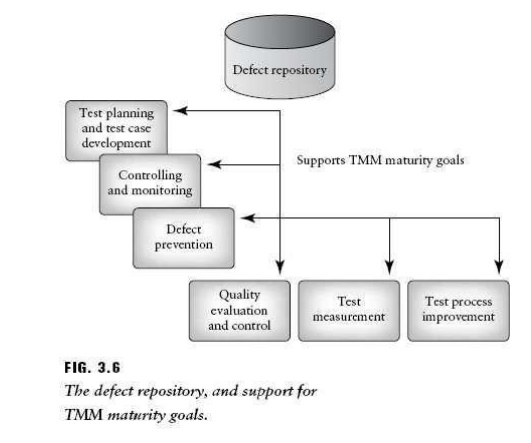Chapter: Software Testing : Testing Basics
Developer/Tester Support for Developing a Defect Repository
Developer/Tester Support for
Developing a Defect Repository
The focus
of this chapter is to show with examples some of the most common types of
defects that occur during software development. It is important if you are a
member of a test organization to illustrate to management and your colleagues
the benefits of developing a defect repository to store defect information. As
software engineers and test specialists we should follow the examples of
engineers in other disciplines who have realized the usefulness of defect data.
A requirement for repository development should be a part of testing and/or
debugging policy statements. You begin with development of a defect
classification scheme and then initiate the collection defect data from
organizational projects. Forms and templates will need to be designed to
collect the data. Examples are the test incident reports as described in
Chapter 7, and defect fix reports as described in Chapter 4. You will need to
be conscientious about recording each defect after testing, and also recording
the frequency of occurrence for each of the defect types. Defect monitoring
should continue for each on-going project. The distribution of defects will
change as you make changes in your processes. The defect data is useful for
test planning, a TMM level 2 maturity goal. It helps you to select applicable
testing techniques, design (and reuse) the test cases you need, and allocate
the amount of resources you will need to devote to detecting and removing these
defects. This in turn will allow you to estimate testing schedules and costs.

The
defect data can support debugging activities as well. In fact, as Fig shows, a
defect repository can help to support achievement and continuous implementation
of several TMM maturity goals including controlling and monitoring of test,
software quality evaluation and control, test measurement, and test process
improvement. Chapter 13 will illustrate the application of this data to defect
prevention activities and process improvement. Other chapters will describe the
role of defect data in various testing activities.
Related Topics